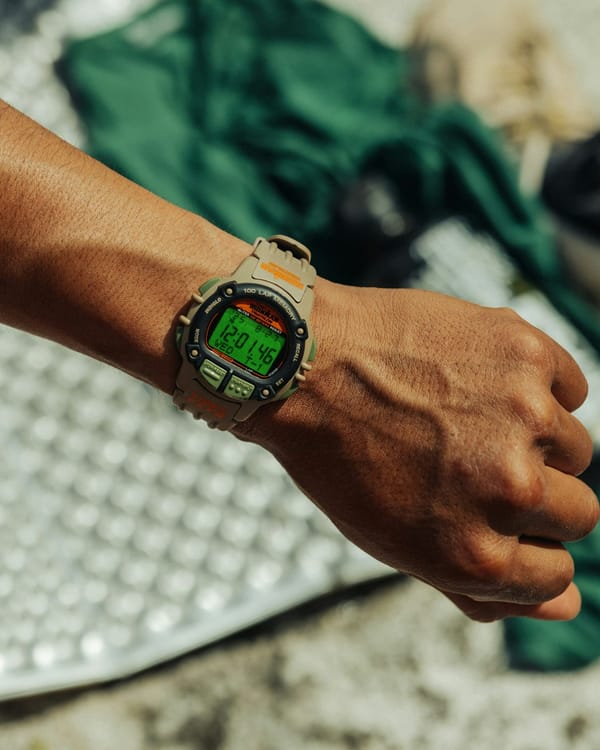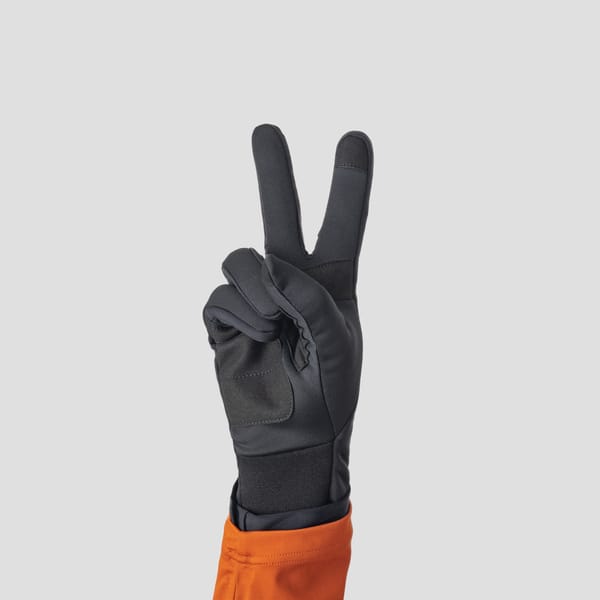The No-Nonsense Guide to Intuitive Eating for Athletes
Discover how to fuel your training and enjoy your meals without falling into the trap of diet culture. Learn key strategies for intuitive eating, improving athletic performance, and embracing a more balanced approach to food.

How to Stop Stressing About Food and Start Fueling for Better Performance
Let’s be honest: “nutrition” sometimes feels like a fancy word for “confusion.” You’re told you need carbs, then you’re told carbs are pure evil. Someone swears off sugar; another is all about the gels. You’ve read a thousand headlines about how to find your “ideal” diet, but you still feel mystified. And if you’re an athlete—amateur or otherwise—figuring out what to eat to sustain good workouts, happiness, and maybe the occasional guilty-pleasure dessert can feel almost impossible.
Here’s the good news: you can ditch the guilt and re-learn how to eat in a way that both fuels your sport and satisfies your taste buds. This is where an approach called intuitive eating comes in. Think of it as your official permission slip to leave diet dogma behind and start really listening to your body’s cues. Sound too simple? Let’s talk about why it’s surprisingly powerful—and how you can put it into practice immediately.
Why Are We All So Confused About Food?
Let’s start with a little tough love. We live in a society obsessed with numbers and aesthetics. It’s no wonder many of us have no clue what “hungry” or “full” even feels like anymore. When you’re scrolling your feed, you see everything from miracle shakes to devil-carb hot takes. So how are you supposed to know what’s scientifically sound versus what’s, well, nonsense?
This confusion rampages through the athletic world, too. Athletes, especially endurance athletes, sometimes fall into the trap of “eating as little as possible while still performing.” Unfortunately, that approach is like playing a game of Jenga with your metabolism—eventually it crumbles.
Intuitive eating is about deprogramming all those contradictory rules and letting you rediscover your body’s innate ability to regulate intake. This means you’ll be less likely to chug a tub of ice cream at 9 p.m. because you “just can’t take it anymore,” and more likely to head to bed feeling nourished and satisfied.
What Is Intuitive Eating, Exactly?
Intuitive eating is a framework that encourages you to:
- Honor Your Hunger
- Respect Your Fullness
- Ditch the Notion of ‘Good’ or ‘Bad’ Foods
- Nourish Your Body for Performance, Recovery, and General Well-Being
Contrary to internet rumors, it doesn’t mean “just stuff your face whenever.” Rather, it means you tune in to your body’s signals—biological, emotional, and practical—and make choices that feel best for you.
Does that mean you’ll never eat a donut again because you won’t want it? Absolutely not. It does mean that if you have that donut, you actually sit and enjoy it, rather than scarfing it in shame over the kitchen sink.
Athletes, Take Note: Not All Hunger Cues Are Created Equal
If you’ve ever finished a grueling workout and wanted nothing more than to take a nap instead of eating, you know your hunger cues can sometimes mislead you—especially if you’re dehydrated, stressed, or you’ve hammered your gut with sports nutrition products for hours on end.
To adapt intuitive eating in an athletic context, consider:
- Future You: Will you be ravenous in two hours if you skimp on lunch now? Plan ahead. A pre-work snack or a post-training meal is sometimes necessary even if you’re not “starving.”
- Post-Workout Fuel: Hard workouts can numb your appetite temporarily, so you might skip crucial recovery nutrition. Intuitive eating means listening to your body, but also using your common sense (and some basic sports science) to rehydrate and refuel adequately. Sometimes, that means a recovery shake when you’d rather skip it and lie on the ground.
- Stay Flexible: Some days you crave sweet potatoes and chicken; other days you want pasta and sauce with extra cheese. If you’re fueling for big training loads, your body might very well need those extra carbs. Or sometimes you’ve had a day of extra snacks, so you end up craving something lighter for dinner. Listen to those cues.
Why Restriction Backfires (and Why “Cheat Meals” Are a Waste of Time)
Your body is smart. Tell yourself you can’t have bread, and you’ll dream of sourdough for weeks. Restriction and labeling foods as “bad” is the perfect recipe for eventually overeating them. It’s the classic “don’t push the big red button” paradox—our brains can’t resist a good rebellion.
If you’re looking to improve your athletic performance, the notion of “cheat meals” can also end up being a mental drain. Instead of scheduling a day to “be bad,” it’s typically more beneficial to incorporate a wide variety of foods throughout your week. The result? Less guilt, more consistent energy, and a healthier mind.
Is Tracking Macros the Enemy?
Sometimes, nutritional tracking—like counting macros or calories—gets a bad rap, especially in intuitive eating circles. But here’s the honest truth: for some, it can be a handy short-term tool to understand portion sizes or to troubleshoot low energy availability. For others, it’s a slippery slope into obsessive behavior or unhealthy fixation on the scale.
If you have a history of disordered eating or you find yourself spiraling into anxiety over your macro app, step away from the numbers. There’s a less data-heavy (and more humane) way to dial in fueling, such as snapping photos of your meals to share with a coach or nutritionist, or simply journaling your energy levels. Remember: the end goal is feeling better, not letting your phone’s tracking app boss you around.
Simple Starting Points for Busy People
Let’s not pretend we all have unlimited time. Between training, day jobs, and the million other commitments in life, it can be tough to thoughtfully connect with our bodies at every meal. Here are some ways to get started without losing your mind:
- Eat Three Meals a Day (plus snacks if you’re training hard). Yes, it’s basic, but if you’re skipping meals or “fasting” when your body is screaming for fuel, that’s a huge red flag.
- Plan Ahead. If you’re not hungry at 4 p.m. but know you won’t get dinner until 8 p.m., bring a snack. “Future You” will be so much nicer to be around (just ask your friends and family).
- Pay Attention. At least once a day, try to unplug and focus on your meal. Are you actually enjoying it? Does it have a variety of macronutrients? Do you feel satisfied or are you fantasizing about the cupboard’s cookie stash?
- Challenge Food Rules. If a little voice in your head says, “Carbs after 6 p.m. turn straight to fat,” or, “No dessert because you had bread,” question it. Where did these rules come from? What does your actual lived experience show?
Recap: It’s Time to Eat Like You Actually Want to Perform Well
- Stop labeling foods as “bad.” You’ll only want more of them.
- Consider performance fueling. Sometimes it’s about fueling before you realize you’re hungry.
- Be flexible. Restrictive mindsets lead to poor energy levels and emotional burnout.
- Mind those mental cues. If you find you’re obsessed or anxious about tracking, it might be time for a different approach.
At the end of the day, intuitive eating is really a fancy way of saying “trust yourself.” Yes, you need to know some basics of sports fueling. But once you’re covering those, the best results often come from balancing your training with an approach to nutrition that’s sustainable, stress-free, and, dare we say, enjoyable. So go ahead—have the leftover pizza for lunch if that’s what’s calling your name. Your body (and your mind) will thank you.





